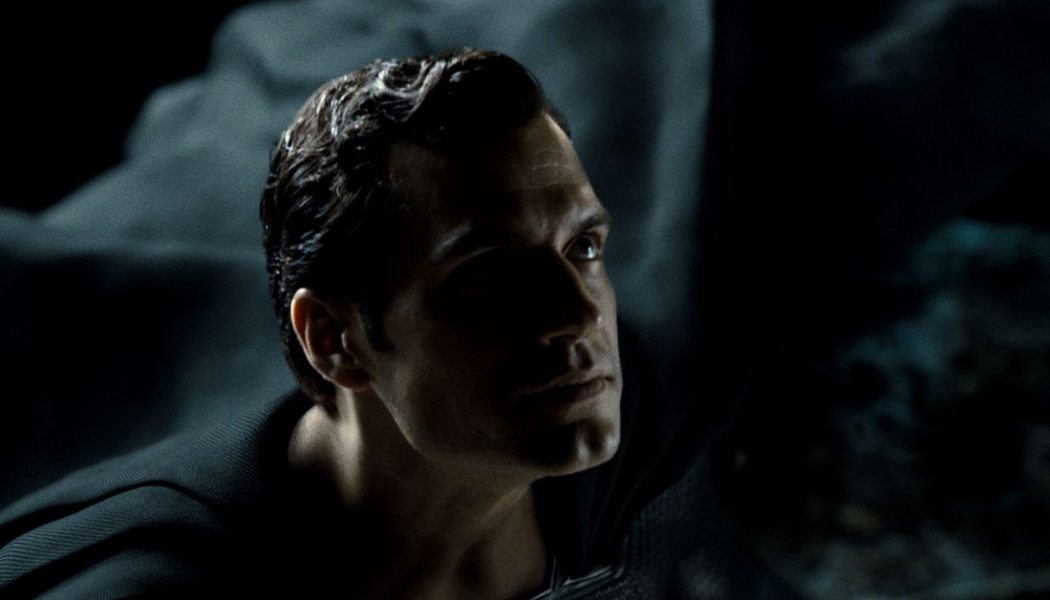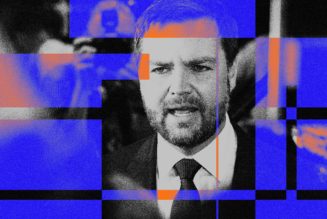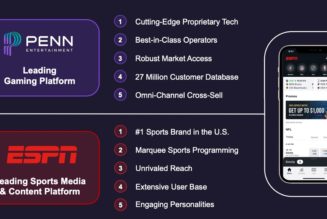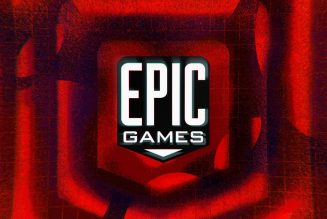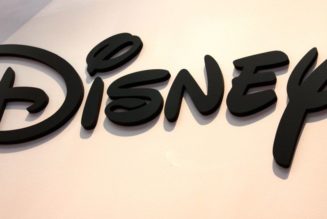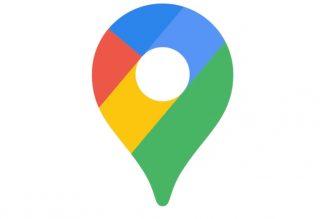
On March 18th, a four-hour version of director Zack Snyder’s original vision for Justice League will hit HBO Max.
Early reviews are mostly littered with praise for the movie, calling it a win for fans of Snyder’s other superhero films (Batman v Superman, Man of Steel). Others acknowledge that, hey, at least it’s better than the original film released in 2017, which was spliced together by Joss Whedon after Snyder had to step back from the project to cope with the sudden death of his daughter. Whether the movie lives up to people’s expectations or not, the very existence of it — the marketing behind it, what it represents to fandom as a whole — is a turning point for online fandom.
A quick reminder of what the last four years have consisted of from various corners of the internet: after Justice League came out in 2017, Snyder fans immediately took up a petition asking Warner Bros. to release an alternate of the film — the true version they called the Snyder Cut. Over the years, calls for Warner Bros. to take action have grown, as has the fandom. Billboard signs in Times Square, bus ads in San Diego during Comic-Con, and small demonstrations outside Warner Bros.’ headquarters in Burbank all existed in an attempt to rally WarnerMedia executives into giving them the version of Justice League they were promised through setups in Man of Steel, Batman v Superman, Wonder Woman, and more.
Like any massive faceless group centering their online personas on one particular thing or person, the Snyder Cut fandom (or the #ReleaseTheSnyderCut collective, as they became known) was a mixture of positives and negatives. The positive aspects are inspiring. Together, the group has raised hundreds of thousands of dollars for suicide prevention awareness, a cause close to Snyder’s heart after his daughter’s death. A fandom rooted in a specific director spawned some genuinely thoughtful social media campaigns. There’s no denying that.
It’s also impossible to ignore the negatives. Critics and reporters received countless death threats and vile slurs all because they expressed disinterest in a Snyder Cut or called Snyder’s other work bad. Warner Bros. and DC Comics executives like Geoff Johns and former Warner Bros. CEO Kevin Tsujihara were lambasted by Snyder fans to the point that Johns seemingly stopped using Twitter altogether. When new Warner Bros. CEO Ann Sarnoff joined the company, her Twitter mentions were full of people demanding the Snyder Cut.
“It took them a long time, the people who really wanted to be productive in this moment, to realize that they’re going to get judged by [negative] actions also,” Sean O’Connell, a journalist and author of Release the Snyder Cut, a book detailing the campaign over the last four years, tells The Verge. “The Snyder movement doesn’t have a really strong hold on policing the people in their movement who continue promoting that negativity.”
Even with critics, academics, and journalists calling out the toxic parts of the fandom, there were some members within the group who only seemed incentivized by ongoing acknowledgment and less-than-subtle encouragement from Snyder himself. The director recently told The New York Times that “it’s in some ways fun to surf the wave of a cultural phenomenon,” adding that “in other ways it’s terrifying and horrible.”
Snyder Cut fans are far from the only fan base with a toxic cloud hanging over parts of it. Star Wars is a perfect example. The Last Jedi director Rian Johnson, alongside actors John Boyega and Kelly Marie Tran, received hordes of harassment from bitter Star Wars viewers. Boyega and Johnson publicly fought back against trolls, while Tran decided after some time to leave social media platforms like Instagram for her own mental health. At the time, Lucasfilm executives didn’t say anything publicly, nor did any of the official Star Wars social media accounts.
One of the biggest changes that has come about in an internet-first, social media-dominant world is that fans of massive properties feel closer to talent, executives, and companies than ever before. In turn, companies are trying to figure out how to navigate extremely loud voices on increasingly global platforms. Universal leaned into the #JusticeForHan hashtag when marketing its upcoming F9, a popular fan-driven movement. Sony reworked the overall tone for Venom after the first trailer failed to garner hype from Marvel fans. And perhaps most notably, Paramount completely redesigned its CGI version of Sonic the Hedgehog after the first trailer led to immediate negative reaction from fans.
Parts of the Snyder Cut fandom have drawn direct comparisons to what happened with BioWare’s Mass Effect 3 in 2012. After the game’s ending drew heavy criticism from fans, BioWare released an alternate ending to try to smooth over a vocal part of the fan base. The DLC was called Mass Effect: Extended Cut, and it became an example of corporations giving in to social media pressures.
“It’s such a slippery slope,” O’Connell says. “I don’t think that studios and corporations are going to make decisions going forward to placate fans on social media because that’s a risky gamble. At the same time, this entire DCEU experiment, to me, has been reactionary to the studio’s detriment. They started chasing the Marvel model instead of just believing in whatever Nolan had started and what Snyder tried to continue.”
AT&T has arguably leaned into the Snyder fandom the most as it tries to garner more attention and subscribers for its new HBO Max streaming service. After years of Warner Bros. repeatedly not saying anything about rereleasing a version of the film in theaters, the announcement of Snyder’s Justice League on HBO Max came with AT&T’s official Twitter account celebrating a prickly fandom. This hasn’t stopped other Snyder fans from already replying to other AT&T tweets with pleas to #RestoreTheSnyderUniverse, demanding the director be given another shot at creating his entire superhero world, something current DC Films head Walter Hamada has no intention of doing.
The Snyder Cut is, according to several reviews, much better than the original. It exists as a testament to having a director see their entire project through from beginning to end. But #ReleaseTheSnyderCut is not the same as Zack Snyder’s Justice League, and there is a reason why WarnerMedia is releasing it as a four-hour film with effectively no oversight on HBO Max instead of rereleasing it in theaters (even with the pandemic) and spending $100 million on marketing.
It is, as Snyder told The New York Times, a “social experiment.” The problem with an experiment is that no one knows what that means two years, five years, or three decades from now. O’Connell doesn’t believe this would have happened if Warner Bros. waited another year or HBO Max hadn’t launched. It’s a moment to appease fans and drive subscribers to a platform that WarnerMedia CEO Jason Kilar consistently refers to as the future of the company.
“It’s the culmination of this entire experience: I fought and used the hashtag #ReleaseTheSnyderCut, and it’s in my world, in my computer, on my TV, in my house,” Snyder said.
That’s Zack Snyder’s Justice League. The #ReleaseTheSnyderCut fandom isn’t suddenly going to disappear, as my colleague Joshua Rivera wrote at Polygon. For both the positive campaigners who are happy to finally have Snyder’s version available to watch and the negative spouting trolls who can claim victory on social media and continue fighting with people, they got what they wanted. Their tactics worked. One of the largest corporations in the United States gave in to demands from anonymous people. That’s not something people forget, and it only incentivizes a very specific type of action further.
